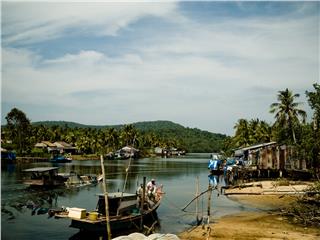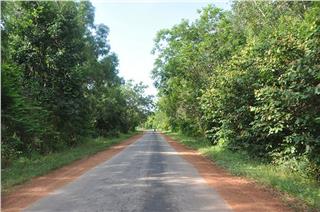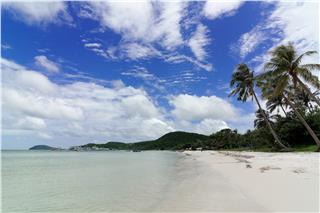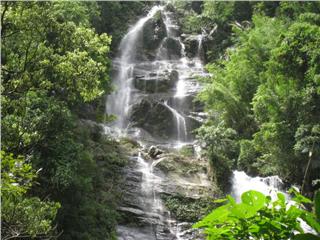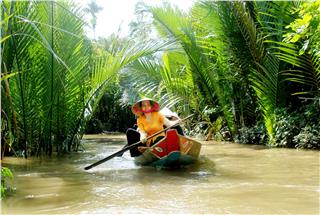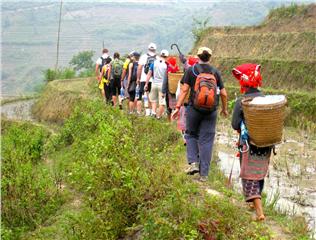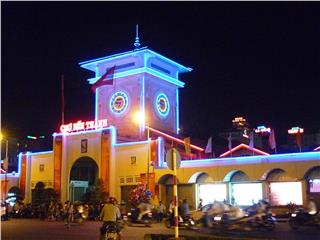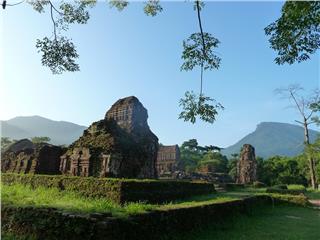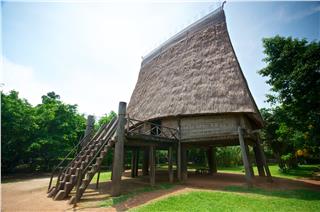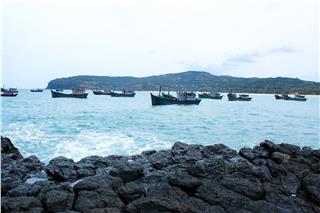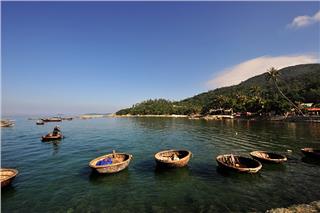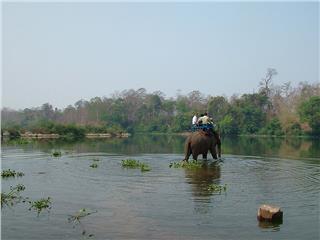Discovering pearl in Phu Quoc Island
Wed, 03 Sep 2014 . Last updated Thu, 25 Jun 2015 08:48
-
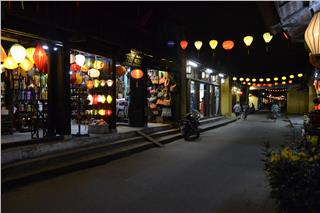 Hoi An travel to New Moon Festival 7230 viewed
Hoi An travel to New Moon Festival 7230 viewed -
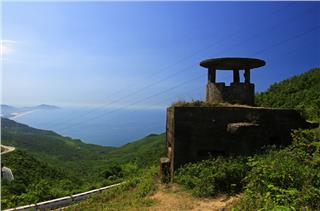 Vietnam War bunker near Da Nang 6704 viewed
Vietnam War bunker near Da Nang 6704 viewed -
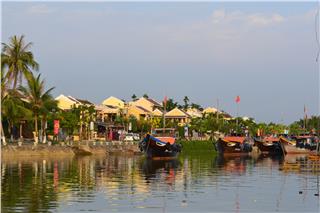 Ancientness of Hoi An ancient town 6615 viewed
Ancientness of Hoi An ancient town 6615 viewed -
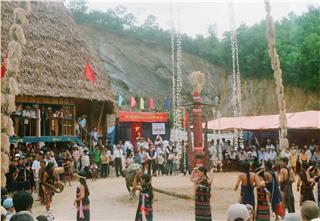 Discovering the Co Tu village in Quang Nam 5978 viewed
Discovering the Co Tu village in Quang Nam 5978 viewed -
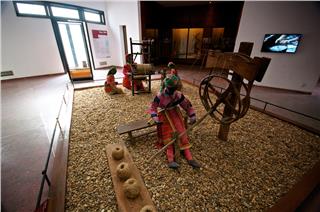 Cultural identity of ethnic groups in Vietnam Museum of Ethnology 5940 viewed
Cultural identity of ethnic groups in Vietnam Museum of Ethnology 5940 viewed -
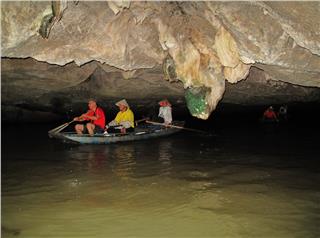 Visit Trang An complex in Ninh Binh 5842 viewed
Visit Trang An complex in Ninh Binh 5842 viewed -
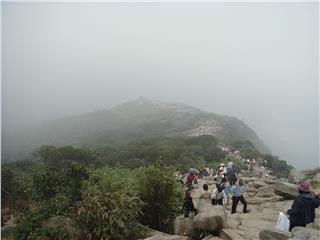 Yen Tu Pagoda and records of Vietnam 5809 viewed
Yen Tu Pagoda and records of Vietnam 5809 viewed -
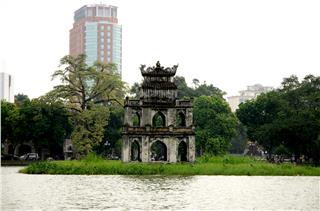 Hanoi Vietnam to Hoan Kiem Lake 5683 viewed
Hanoi Vietnam to Hoan Kiem Lake 5683 viewed -
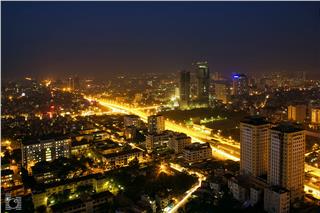 Hanoi at night 5581 viewed
Hanoi at night 5581 viewed
The pearl can be considered as “specialty” of Phu Quoc. Therefore, when traveling this island in addition to visiting beautiful landscapes, when coming back, the pearl is probably thing you should not ignore.
Phu Quoc is a southern island of Kien Giang province, is the biggest island of Vietnam. It has monsoon climate, however, thanks to the favorable location of Gulf Thailand, natural disasters are very rare occurrence. Pearl farming in Phu Quoc has been formed and developing nearly 20 years. Japanese and Australian experts are the first ones investing in this field. According to the experts, the island is endowed with an ideal marine environment to sustainable and profitable development pearl farming industry.
Phu Quoc pearl has good quality so it attracts many domestic and international visitors coming to this island each year. On Phu Quoc, you can easily see that there are a lot of pearls sold in shops and night market. Now we are going to meet Mr. Hung who looks for pearl in traditional way to sell for pearl farm.
Nguyen Thanh Hung is a native in province of Can Tho. He moved to Phu Quoc more than 20 years ago and settled on this island. He married a local people and now they have two children. To Hung, Phu Quoc is his second home.
Hung’s answer was a real surprise and makes me wonder why he is stuck with for so long time. Hopefully, I am able to understand his job and find out why. And soon after his answer, Hung makes me surprised again. Hung gave me a pearl over he only just meet me. I am so grateful and intrigued by this man and his occupation.
According to Hung, all people like him often go diving for 4 to 5 hours per day. They never dive alone. There is always a person on the boat to take care the compressed air and help divers in case something is wrong. Hung said that the first time diving was difficult. He had a terrible headache. Deep diving is so hard. He intended to quit it but his boss persuaded him. This job is dangerous, but he still does it for so long because he has gotten used to it, and he doesn’t know how any other job. To be honest, he feels scared. But he has to endure it. How can he support his family if he quits? Doing other jobs can’t guarantee his livelihood because he has no other skills.
I remember Mr. Hung telling me that every dive is like a prayer. I am sure that he prays for luck and for safety. I can only guess like other hard and dangerous jobs, the professional diver of Hung is not easy to explain.
After learning about compressed diving for oysters with Hung, I continue my trip to one of the biggest pearl farms in Phu Quoc. Thang - an experienced expert in pearl farm has got me to a floating pearl farm offshore. Quoc An pearl farm has nearly 20 experienced years in this industry.
Here we are in the sea surrounding island of Phu Quoc. This house here is a pearl farm where Mr. Thang is going to show us all the actions happen for the pearl farming. We are going to see how the pearl that Mr. Hung caught and put back in the water, to be grown further and check their health and also we are going to see how they implant new nucleus in the oyster as well as the operating pearl.
After purchasing oysters from oyster divers like Hung, the farm will check the health of oyster and classify them for raising them before farming pearl. We use these white strings to mark the newly purchased oysters. Cages of oysters are hung underwater at a depth of between 7 to 10 meters. These oysters will be raised in captivity for 3 to 6 months so that they can adapt to their new environment. Essentially, they will be tamed. After that they will be implanted with nuclei. The work in the pearl farm is not easy. Workers here have to work in the sea everyday to check their health and tidy up them after 5 to 7 days.
You can see around the edge of oyster there are a lot of small creatures. I found a lot of small crabs inside this one. So I think that these creatures like this oyster. Seaweed and parasites are removed from the shell and they cannot prevent oysters from absorbing the food and nutrition. It looks like we are “cutting” the oysters’ “hair”. These oysters are protected carefully from everything is able to threat. This work ensures that they can create the most beautiful pearl. After cleaning the oysters we check their health by inspecting their gills. An oyster is healthy if its grill reaches the top of its shell. This shows that the oyster gets enough food. On the contrary, if the gill is lower than the top of the shell the oyster is unhealthy.
While talking with Thang, I understand more about the pearl raising business. The business industry looks imposing like the pearls, but in fact, the stories behind them are like this. They face lots of challenges with investment, human resource, difficult technique and changeable weather. I think that the pearl raising is more difficult than hunting oysters.
A big large number of oysters used to die because of poor farming techniques. The quality of the pearl was also low. A lack of experience in weather conditions also affected our business. However, after many years of working, our business has become smooth and successful.
There are two way to implant oyster. The first way involves nucleating the pudenda tissue inside the oysters to form nice round pearls. This process is the pearl farm secret so I will not be able to see it. The second way is by gluing a plastic on the shell of oysters. This way will not produce round pearl. The oysters can survive out of the water for 3 hours before they die. So the moment, he is putting the plastic fade. After nucleating, the oysters taken back to the ocean where it spends the next 2 years. However, this is the most dangerous time. The oyster can die and eliminate a nuclear. This is a high probability happening. If everything goes without complications in few years time a beautiful peal appears.
After being implanted, the oysters will create layers of nacre to wrap the nuclei. We can harvest pearls after two years. But the longer we leave it, the more beautiful it becomes. This is a 6-year-old oyster. I will show you how to collect a pearl from it. I am very lucky. Thang has showed me how to harvest pearl of two 6-year-old oysters. This is the first time I look and touch straightly in the oysters. On average, about 50% of nucleated oysters will survive and provide the best pearl. And less 5% oysters remain criteria of shape, lamination and color. It is amazing to see these pearl. As you know all parts of the oysters are useful. Their shells are used as decoration.
After experiencing in pearl farm, now I am sitting here with different colors and different sizes of pearl. I have no ideal with which one is valuable. I am going to talk with Mrs. Dung and she has over 20 experience years in checking the value of pearl. She will tell us some basic step how to classify and check pearl.
Pearl is a unique thing. Unlike other gemstones, pearl is organic product of living creature. For this reason, they have different evaluate standards. Seven factors require the quality, value and beauty of pearl: size, shape, color, luster, surface quality, nacre quality and matching. Phu Quoc pearl is able to meet the standards. Color of Phu Quoc pearl is very diverse, including black pearl and rare gold pearl.
In my finger here is the most beautiful and valuable pearl in this pearl farm. This pearl is value at $5000. It was raised in 15 years. It is so valuable because it has perfect round shape with the diameter of 17.5 millimeters. Pearl farms in Quoc An are creating more jobs for labors in this island. Hopefully, this job will develop sustainably so that the pearl diver like Mr. Hung will have stable job to ensure the life.
Source: VTV4 – VTV.vn

